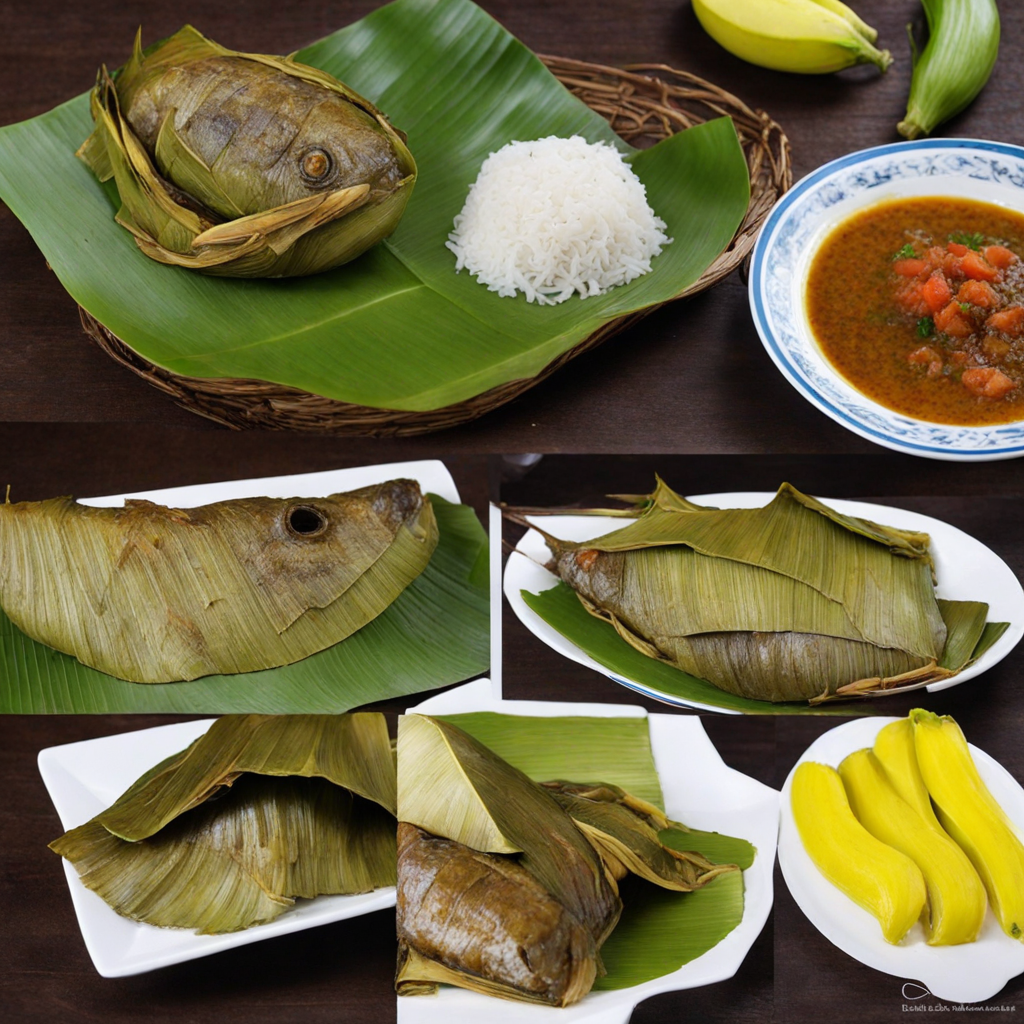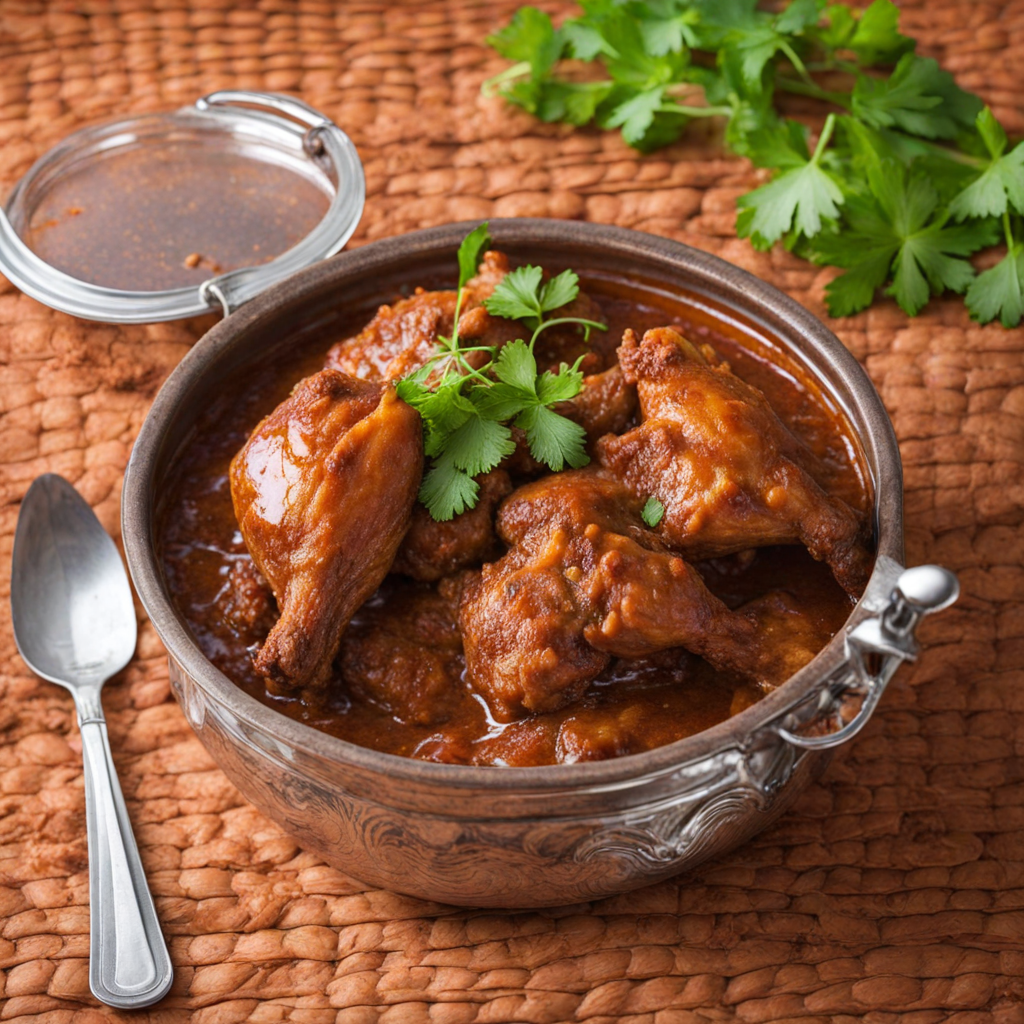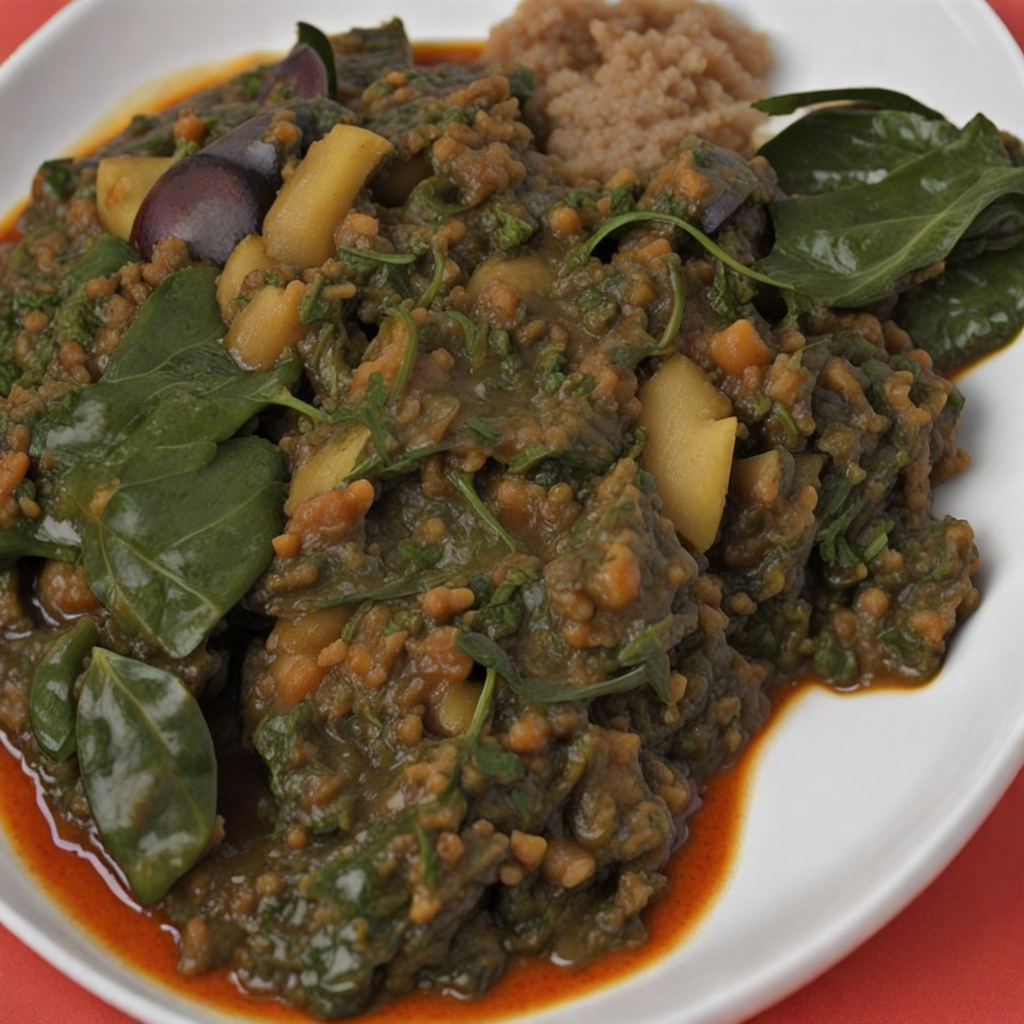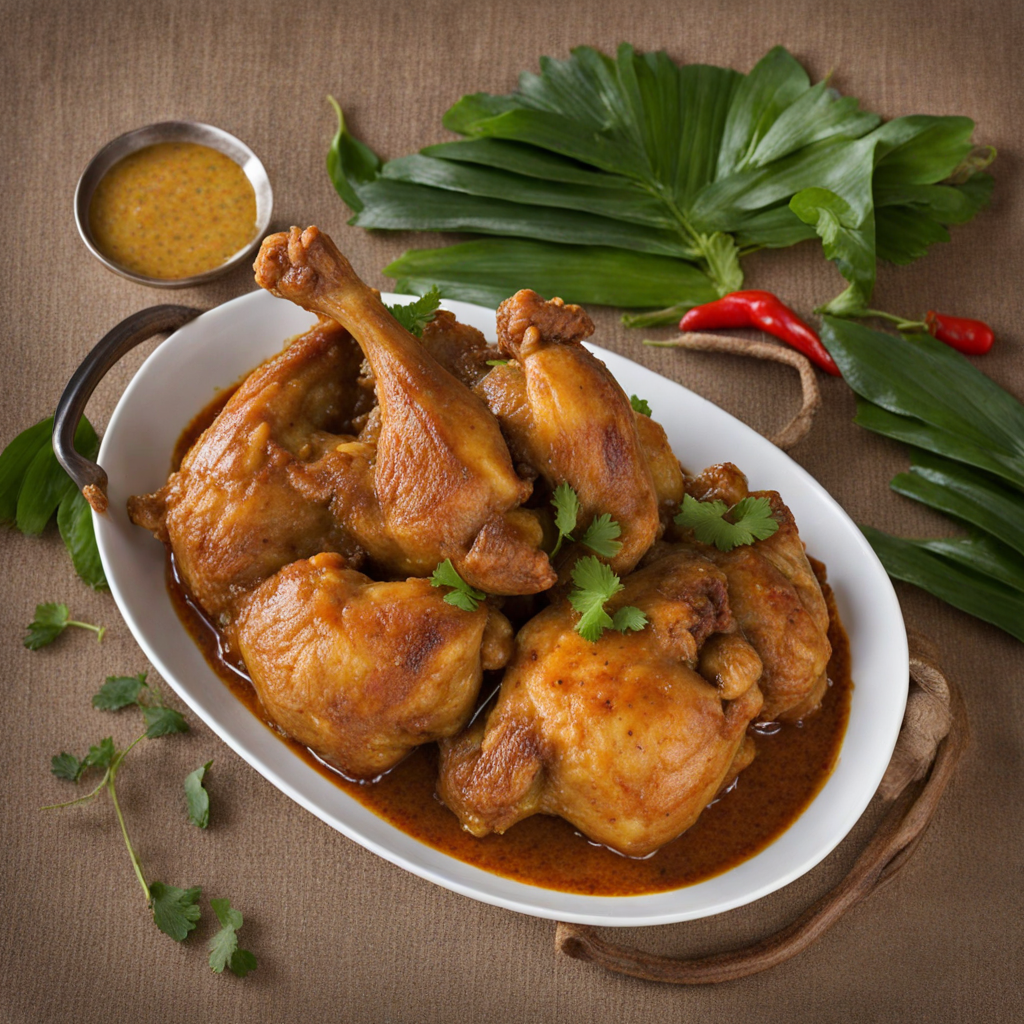Mikate
Mikate is a delightful treat originating from the Democratic Republic of the Congo, often enjoyed as a street food snack or during special occasions. These small, round dough balls are made from a simple yet satisfying mixture of flour, water, and salt, which is then deep-fried to achieve a golden-brown exterior. The result is a crispy outer layer that gives way to a soft and slightly chewy interior, providing a wonderful contrast in texture that is both comforting and addictive. Traditionally, Mikate can be enjoyed plain, but they are also versatile and can be paired with various dips or sauces to enhance their flavor. Some popular accompaniments include spicy chili sauce or a sweet syrup made from sugar and coconut milk, adding layers of taste to the already flavorful dough. The combination of sweet and savory elements makes Mikate an enticing option for food lovers looking to explore new culinary experiences. In Congolese culture, Mikate is more than just a snack; it often serves as a symbol of hospitality and community. Whether served at family gatherings, local markets, or festive events, these dough balls foster connections among people as they gather to enjoy their deliciousness. For those seeking to discover a new taste, Mikate offers a unique glimpse into the rich culinary heritage of the Democratic Republic of the Congo, making it a must-try for adventurous eaters.
How It Became This Dish
Mikate: A Culinary Treasure of the Democratic Republic of the Congo Mikate, often referred to as “African doughnuts,” is a beloved street food staple in the Democratic Republic of the Congo (DRC). These sweet, deep-fried treats are made primarily from flour, sugar, water, and yeast, resulting in a fluffy, golden brown pastry that is both comforting and indulgent. To fully appreciate Mikate, one must explore its origins, cultural significance, and the evolution it has undergone over the years. #### Origins of Mikate The history of Mikate can be traced back to the various culinary traditions of Central Africa, where local communities utilized readily available ingredients to create satisfying foods. The DRC, with its rich biodiversity and agricultural heritage, provided a fertile ground for the development of many traditional dishes. The name “Mikate” itself is derived from the Lingala word for "dough," reflecting the dish’s fundamental component. Mikate likely emerged as a fusion of indigenous cooking practices and influences brought by European colonizers during the late 19th and early 20th centuries. As Belgian colonization introduced new ingredients like refined sugar and wheat flour, local cooks began experimenting, incorporating these elements into their traditional recipes. This blending of culinary techniques paved the way for what we now recognize as Mikate. #### Cultural Significance Mikate holds a special place in Congolese culture, serving as more than just a food item; it is a symbol of community, celebration, and resilience. In urban areas, Mikate is often sold by street vendors, making it an accessible treat for people from all walks of life. Its affordability and ease of consumption make it a popular snack during busy days, while its nostalgic flavors evoke memories of gatherings and shared moments. Mikate is frequently enjoyed during social events, such as weddings, birthdays, and religious celebrations. The act of sharing Mikate with friends and family highlights the communal aspect of Congolese culture, where food is often central to social interactions. The sweet, comforting flavor of Mikate can bring people together, transcending generational gaps and fostering a sense of belonging. In addition to its role in social gatherings, Mikate is also associated with resilience and resourcefulness. In a country that has faced numerous challenges, including political instability and economic hardship, the ability to create a delicious and satisfying snack from minimal ingredients reflects the ingenuity of the Congolese people. Mikate embodies the spirit of perseverance, serving as a reminder of the joy that can be found in simplicity. #### Development Over Time Over the years, Mikate has evolved, adapting to the changing tastes and influences of the Congolese people. Initially a simple fried dough, the recipe has been refined and diversified. While the traditional version remains popular, variations have emerged, incorporating different ingredients and flavors. One notable development is the introduction of fillings. In some regions, Mikate is stuffed with ingredients like chocolate, fruit preserves, or even savory fillings like cheese or vegetables. This innovation reflects a growing trend towards fusion cuisine, where traditional dishes are reimagined to cater to contemporary palates. Such variations not only enhance the flavor profile but also allow for greater creativity in the kitchen. The preparation of Mikate has also been influenced by modern cooking techniques and equipment. While traditional methods involved manually mixing and kneading the dough, today, many vendors and home cooks utilize electric mixers and deep fryers, streamlining the process and improving efficiency. This shift has made it easier to produce Mikate in larger quantities, meeting the demands of urban populations and busy lifestyles. Despite these modern influences, the essence of Mikate remains rooted in its cultural heritage. Vendors often prepare Mikate in open-air markets, maintaining a connection to the communal nature of food preparation. The sight of golden-brown Mikate being fried in large vats of oil is a familiar and comforting image in Congolese cities and towns. #### Mikate in the Global Context As the world becomes increasingly interconnected, the culinary traditions of the DRC, including Mikate, have begun to gain recognition beyond its borders. The growing interest in African cuisine has led to a resurgence of appreciation for traditional dishes, and Mikate has found its way into the menus of fusion restaurants and food festivals around the globe. In recent years, food bloggers and social media influencers have spotlighted Mikate, showcasing its delightful texture and flavors. This exposure has contributed to a broader understanding of Congolese culture and cuisine, encouraging culinary tourism and inspiring individuals to explore the diverse food heritage of Africa. Furthermore, the globalization of food has opened new avenues for innovation. Contemporary chefs are experimenting with Mikate by pairing it with international flavors or using unconventional ingredients, creating a dialogue between tradition and modernity. This evolution reflects the dynamic nature of food and its ability to adapt while honoring its roots. #### Conclusion Mikate is more than just a delicious pastry; it is a testament to the rich culinary history and cultural significance of the Democratic Republic of the Congo. From its humble origins to its status as a cherished street food, Mikate embodies the spirit of community, resilience, and creativity. As it continues to evolve and adapt, Mikate serves as a delicious reminder of the importance of food in connecting people, preserving traditions, and celebrating cultural identities. Whether enjoyed at a bustling market or in the comfort of home, Mikate remains a beloved symbol of Congolese heritage, inviting all to savor its sweet, comforting flavors.
You may like
Discover local flavors from Democratic Republic Of The Congo







